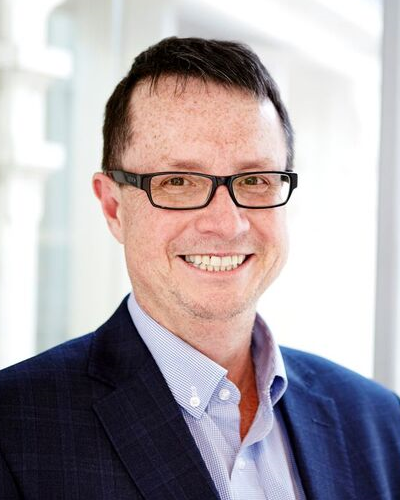Medical Musing (Canberra Doctor - September 2017)
Me and you and ANU

I have had the privilege of working with the ANU Medical School (ANUMS) since its first intake of students. The transition from the old Canberra Clinical School to the ANUMS went well and the standard of medical students we graduate is high. One of the major challenges of opening a new medical school is in the way it integrates with the health services that provide clinical teaching.
Many general practices in Canberra and the region host medical students for their rotations, and many of Canberra’s experienced family doctors provide teaching. One of the rewards of a lifetime of clinical practice is being able to mentor our future young doctors, and see them develop from relatively raw recruits into the mature clinicians the community expects.
All medical schools need a strong and mutually beneficial relationship with hospitals. For the ANUMS those relationships are with Canberra Hospital and Calvary Public Hospital in particular. Canberra’s medical students also rotate to smaller hospitals in New South Wales, but the primary rotation is with Canberra’s own hospitals.
Many of the doctors working across Canberra’s public hospitals – including me - have academic positions with the ANUMS. We work to teach medical students on behalf of the ANU, to contribute to research, and take positions in leadership and advocacy for health across the community more generally. This will necessarily mean a division of time between work for ACT Health and the University.
At the moment, a review of that working relationship that has been commissioned by ACT Health is underway. The timeline for the review, what information it seeks, and what outcomes are expected remain, to some extent, unclear. This is a source of concern for many of Canberra’s doctors who contribute to clinical and other work in the public system, but also help to nuture the next generation of doctors and to foster research into health.
The AMA (ACT) has been seeking information about the review and where it might lead, including discussions at face-to-face meetings at ACT Health. While detail is short at the moment, as someone who greatly values a close working relationship between the University and ACT’s public hospitals, I would be sad to see negative changes. This is something all of us who care about ‘town-and-gown’ relationships should take a keen interest in.
Mental Health Day
Many of you will be familiar with the creation of the Ministry for Mental Health by the ACT Government. The Minister for Mental Health is Mr Shane Rattenbury, and there’s no doubt he is keen to make this a signature initiative of the Government. Along with AMA (ACT) CEO Peter Somerville, and Board member Professor Jeff Looi who was also representing the College of Psychiatrists, we recently met with the Minister.
In the first instance, there is a clear and community-wide recognition that mental health is one of the key issues in health for Canberrans, and indeed all Australians. Because of its importance, mental health needs appropriate resourcing. At the moment, there are major problems with access to mental health services in the ACT. One of the reasons for this situation is the lack of specialist psychiatrists here in Canberra.
I am pleased to report that the meeting with Minister Rattenbury and his senior staff was productive, and the Minister was engaged and willing to address the issues. We spent some time, with Professor Looi leading the discussion, dissecting the difficulties facing families needing mental health care here in Canberra. The talks were frank and forthright.
I am not sure how things will progress from here – there is a lot of work to be done to reach a standard of access to mental health services that Canberra’s families and their doctors need. The AMA (ACT) is committed to working with all concerned to improve access and promote the highest standards of mental health care in the ACT.
…and Military Medicine
By the time you read this, I will have had the honour of laying a wreath in memory of Major Susan Felsche at the War Memorial. Susan was two years ahead of me at Medical School in Queensland, and her loss still is sorely felt. Major Felsche was the first Australian woman to die on an overseas military operation since the Second World War. It serves as a reminder that many of Canberra’s doctors are either serving officers or reservists with the Australian Defence Force.
I was a Medical Officer with the Royal Australian Navy, and served in the first Gulf War in HMAS SYDNEY during my period of full time service. It is very remiss of me not to have mentioned our uniformed doctors to date. We should all be very proud of the hard work and dedication of the medical officers of our Defence Forces, and I hope that I will honour the work of all of them when I represent the AMA the wonderful War Memorial.
- Prof Steve Robson